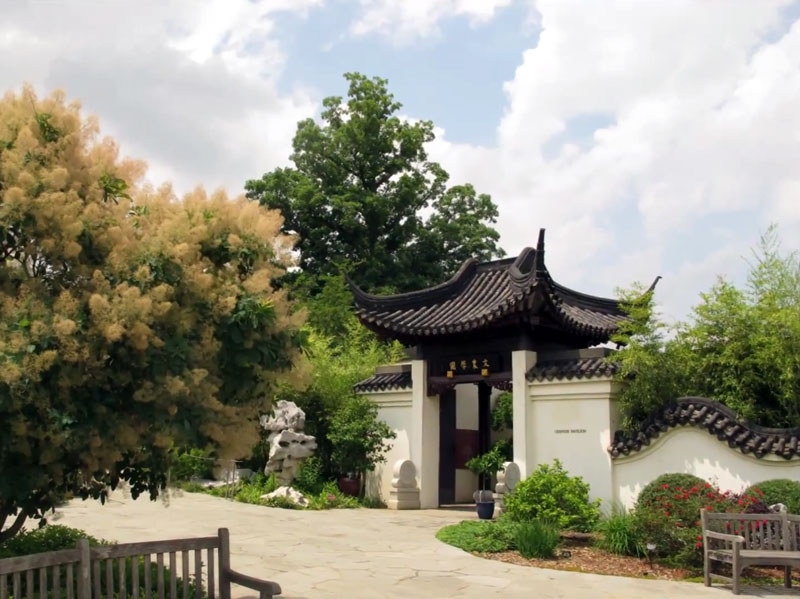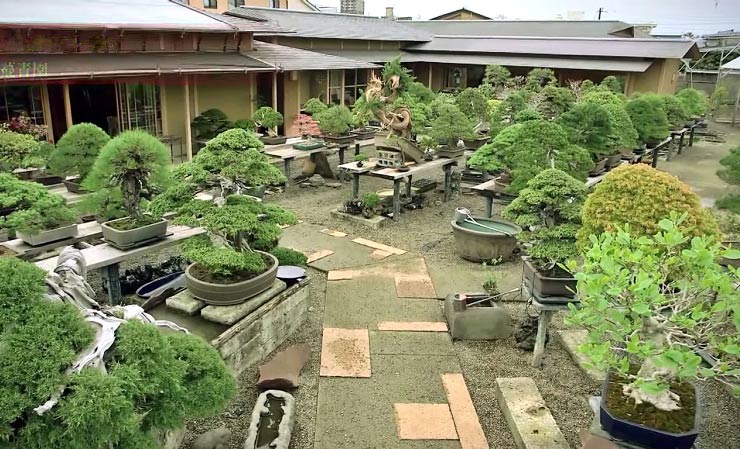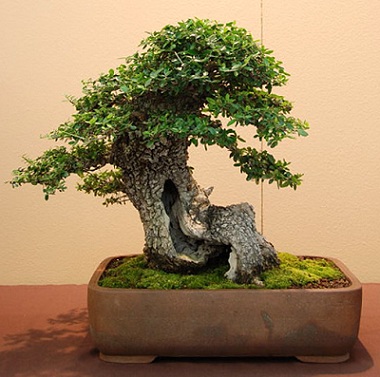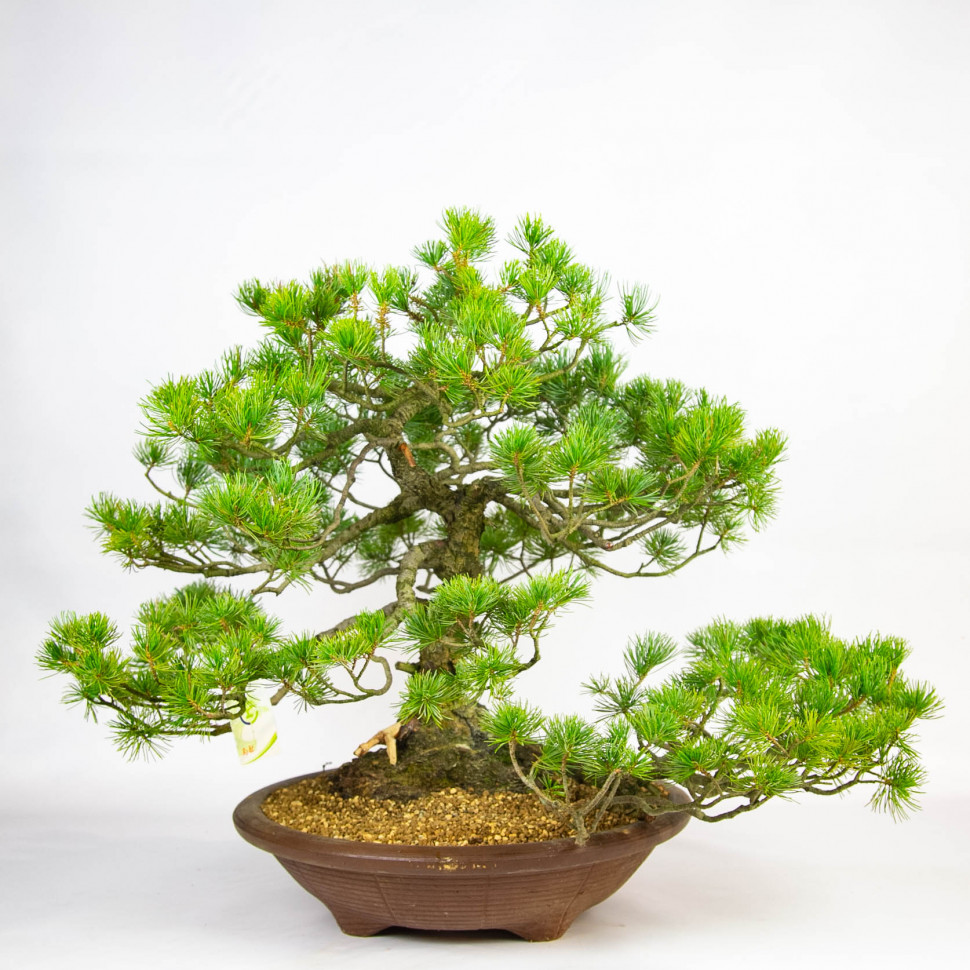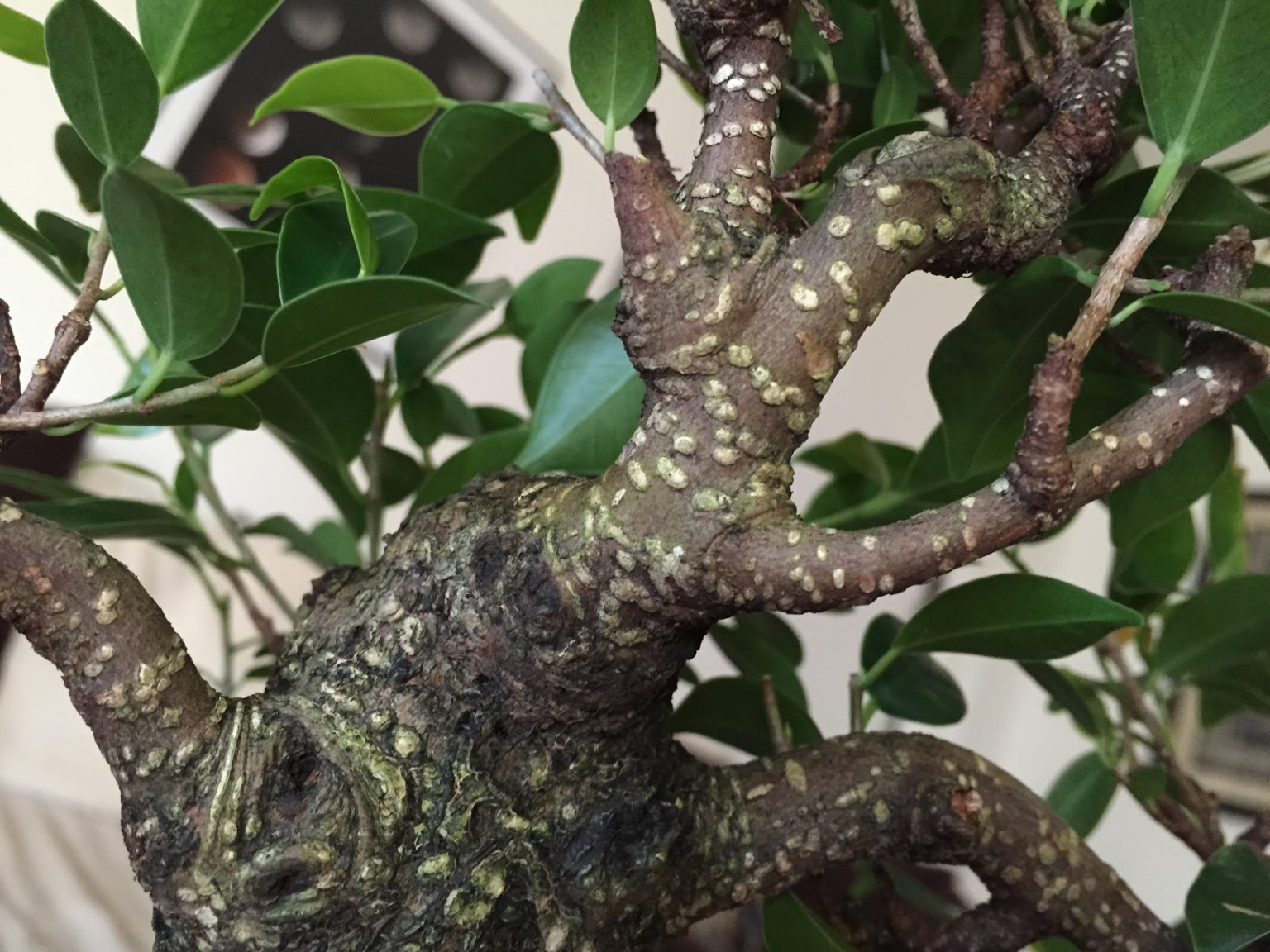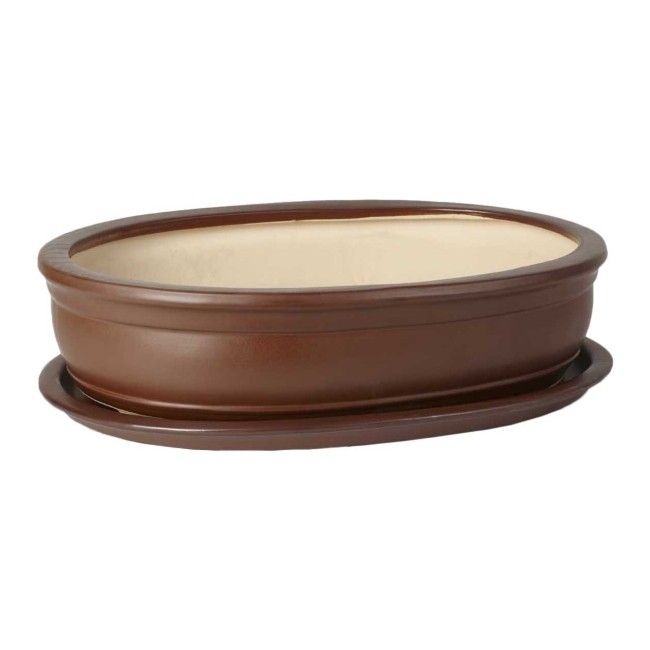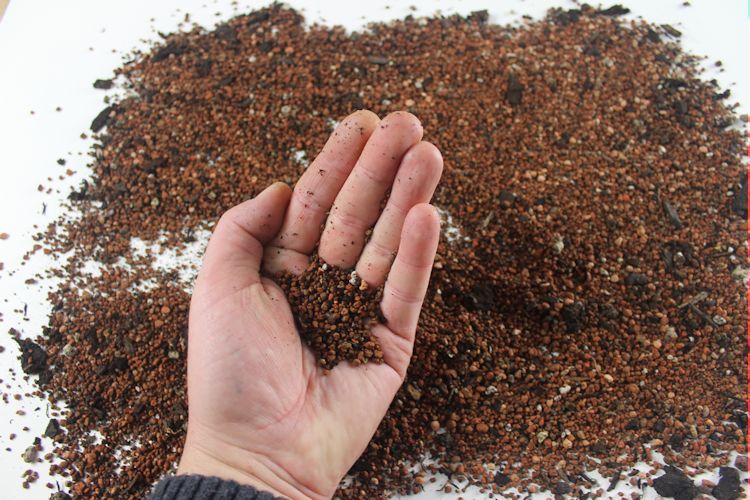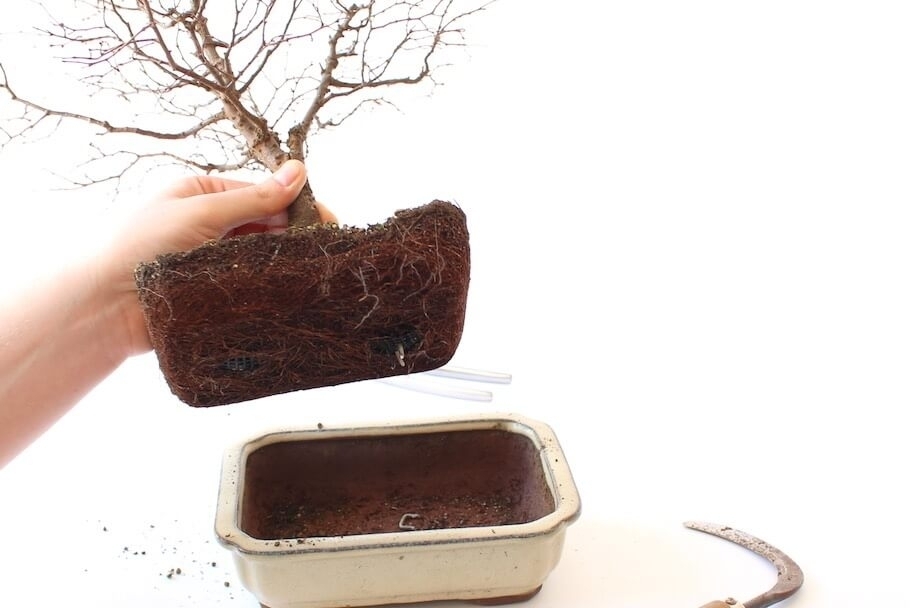If you follow the feeding and watering regime, your bonsai will grow and develop. However, beginners still cannot avoid problems. Most of them are easy to eliminate, you just need to take timely measures. However, this is the main difficulty, beginner bonsaiists cannot notice the danger in time.
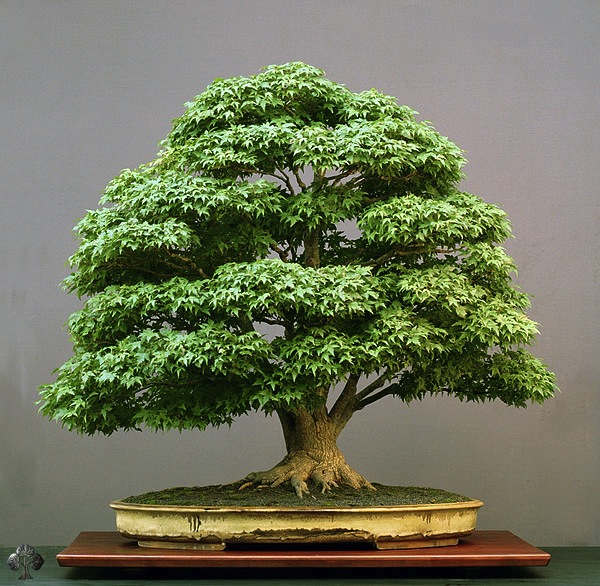
If you devote at least a few minutes a day to your plant, you will be able to detect pests, spots on leaves, and damage to the bark in time - in general, everything that contradicts the healthy development of the tree.
Let's look at the most common problems and how to solve them.
Dehydration
Symptoms of dehydration are dry soil, yellowing and falling leaves, folds on the trunk and branches (the same thing happens with overwatering, when the plant is unable to absorb all the moisture and the root system rots. See below).
Solution.First of all, water the tree. If the soil is very dry, it may not be evenly wet. In this case, you can place the pot in a container with water and hold it there for within 10 minutes. Air bubbles rising to the surface will indicate that the soil is absorbing moisture. It is necessary for the soil to be completely wet, and then place the bonsai in a plastic bag (close the bag tightly to create a humid atmosphere inside). To prevent the development of powdery mildew, spray the plant fungicide.
Keep the plant in this way for about two weeks at room temperature. If after this time the plant is fine, you can take it out of the bag.
Overwatering
The main signs of overwatering are: wet soil, mold and moss on its surface. The moss is usually dark green and slippery to the touch.
Solution.First, purchase clean, fine sand, hydroponic granules, and soil that dries quickly without holding moisture. Remove the plant from the pot and carefully remove the soil, first shaking off the bulk of the soil and then washing the rest off the roots.
Pay attention to the presence of pests.
Cut off dead roots. Plant the bonsai in fresh soil, dusting the roots with hormonal powder. Then spray it with a fungicide to prevent mildew and place it in a plastic bag. Close the bag tightly at the top and make several holes in the bottom to allow excess water to escape. Make sure the soil is not over-watered. Dry it out if necessary. Keep the bonsai in this way for about two weeks, then keep the tree in an open bag for another two weeks.
The plant does not absorb water from the soil surface
There may be different reasons for this problem:
- the plant needs to be replanted;
- there are insect pests in the soil;
- incorrectly selected soil (too dense).
Solution 1.In this case, it is necessary to immediately replant the tree. In doing so, replace no more than 80 percent of the soil. It is very important not to disturb the roots. Until the time is right to repot, plant the tree in a larger pot.
Solution 2.Place the bonsai in a container of water to soak the soil. If there were any in the soil pests and their larvae, they should crawl to the surface. In order to destroy them, introduce an insecticide into the soil.
Solution 3.If the plant has been replanted recently and the soil is too dense, take the tree out and remove the soil that remains on the bottom and sides of the pot. Carefully but very carefully loosen it (use a thin stick for this). To improve drainage, add some coarse sand to the bottom of the pot. Use regular substrate for replanting. Without cutting the roots (except for dead ones), sprinkle them with fresh soil.

